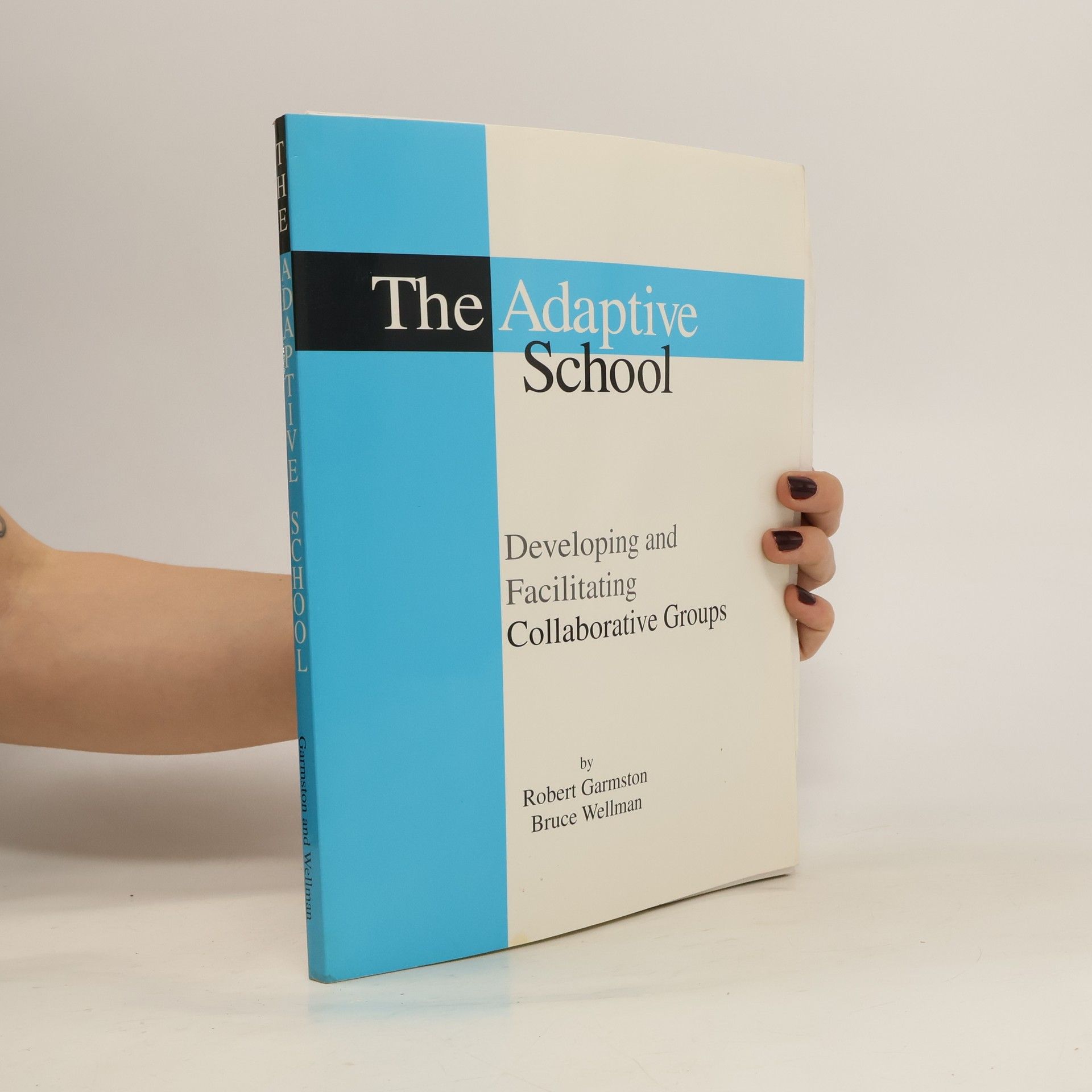Robert J. Garmston Knihy
Robert J. Garmston je pedagóg, autor a kognitívny teoretik. Je emeritným profesorom na Škole vzdelávania Kalifornskej štátnej univerzity v Sacramente. Jeho práca sa zameriava na kognitívne procesy vo vzdelávaní a na to, ako tieto poznatky môžu zlepšiť pedagogické postupy. Garmston skúma, ako učitelia myslia a ako toto myslenie ovplyvňuje ich výučbu.
